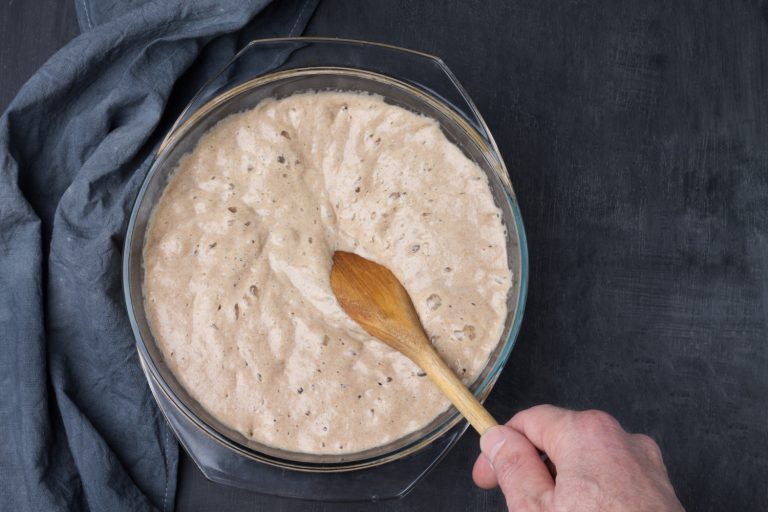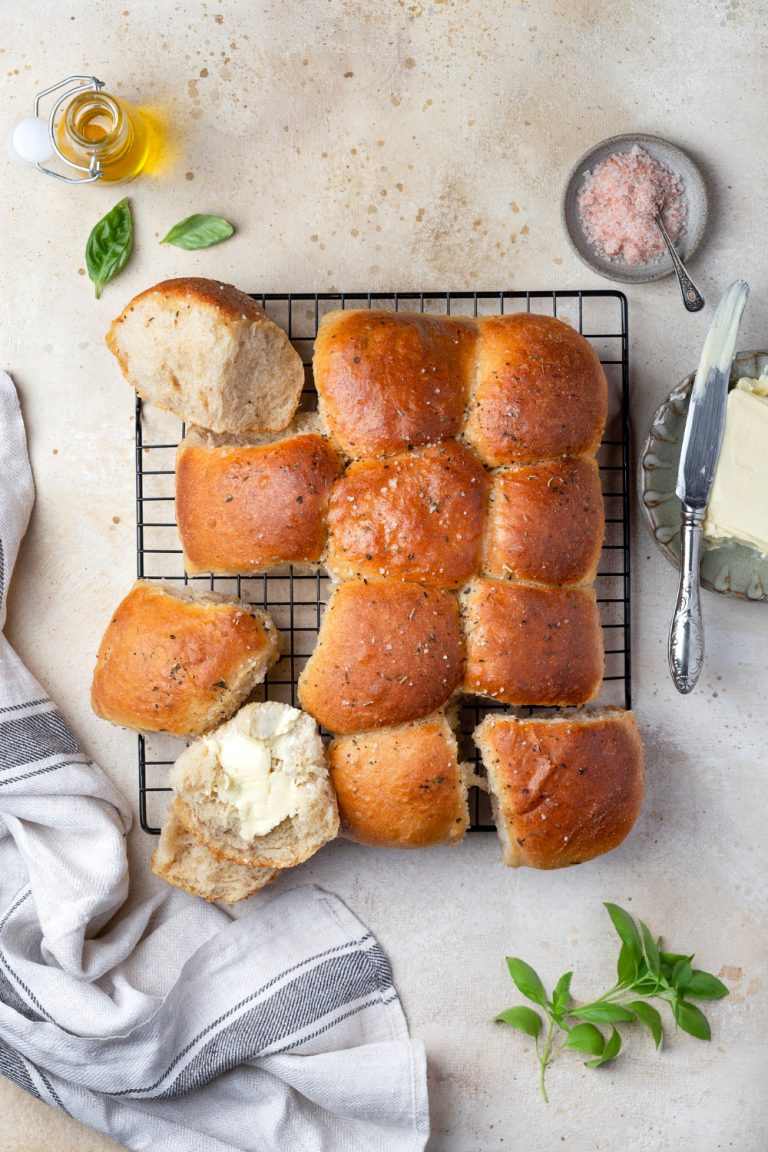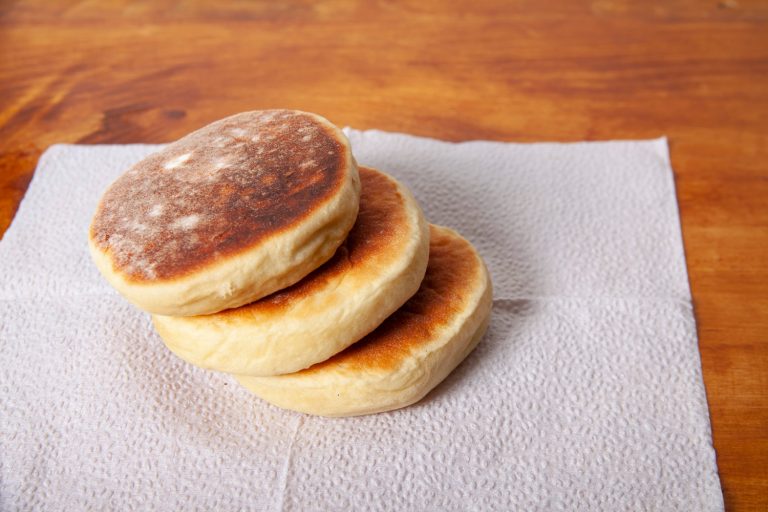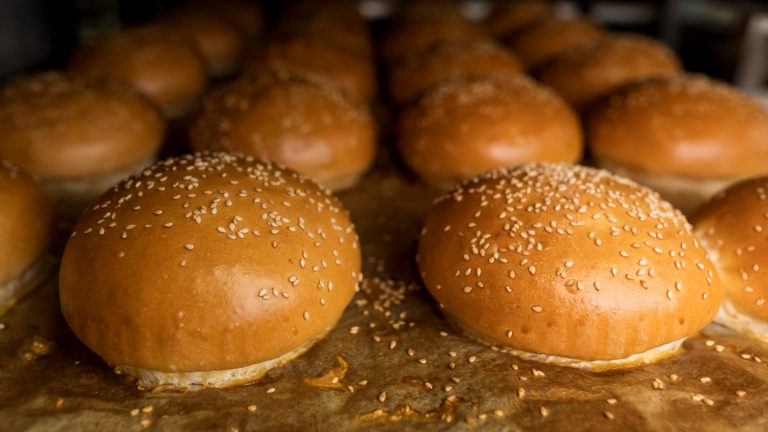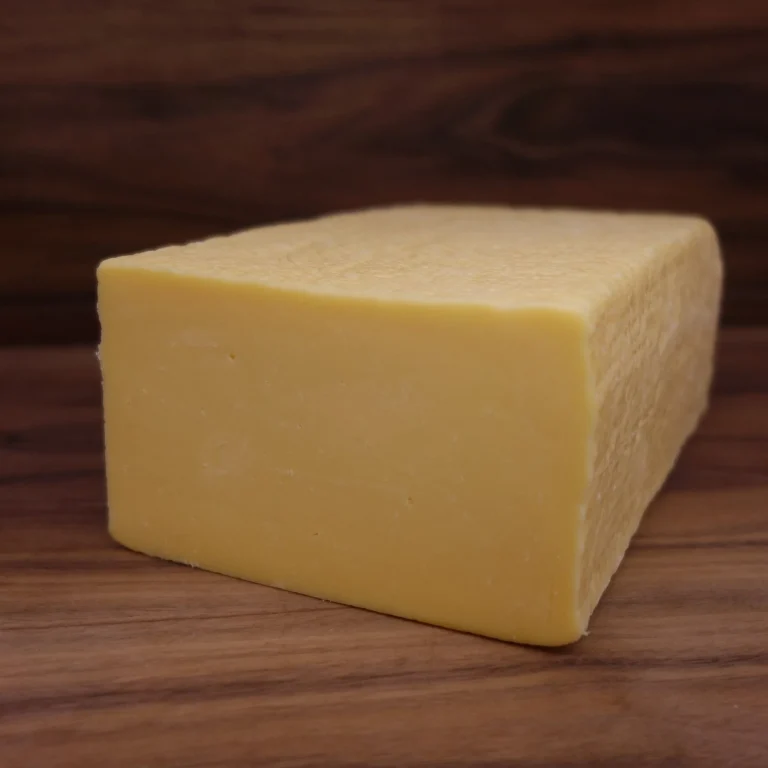How to Perfect Your Sourdough Starter Hydration Ratio
Your perfect sourdough loaf begins with one fundamental element: water-to-flour ratio. A proper sourdough starter hydration ratio lets bakers control fermentation and influence flavor development to achieve consistent results. This significant balance determines your starter’s activity and vigor, which directly affects the final bread quality.
You need to understand hydration percentages, choose the right flour, and adjust to your environment to bake successful sourdough. Room temperature, flour type, and desired dough texture play key roles in determining ideal hydration levels. This piece gets into everything in hydration concepts and shows you the quickest way to calculate and maintain a healthy sourdough starter.
The Basics of Sourdough Starter Hydration
Baker’s mathematics helps you become skilled at understanding sourdough starter hydration. Hydration percentage shows how much water exists compared to flour by weight rather than volume. Professional bakers use a 100% hydration starter to describe equal weights of water and flour, not equal volumes.
Defining hydration percentage
A starter’s hydration percentage comes from dividing water weight by flour weight and multiplying by 100. A starter with equal parts water and flour (50 grams each) equals 100% hydration. Bakers use this simple math to scale their recipes and share their methods clearly with others.
Importance of proper hydration
Water content affects your sourdough starter’s behavior by a lot. The hydration level impacts:
- Fermentation rate and microbial activity
- Acid production and flavor development
- Ease of maintenance and feeding schedule
- Starter consistency and incorporation into dough
- Temperature sensitivity and storage requirements
Common hydration ratios
Different hydration levels create distinct characteristics in sourdough starters:
| Hydration Level | Characteristics | Best Used For |
|---|---|---|
| Below 65% | Stiff consistency, slower fermentation, more acetic acid | Traditional Italian breads, longer storage |
| 100% | Batter-like consistency, balanced fermentation, versatile | Most bread recipes, daily baking |
| Above 100% | Very liquid, rapid fermentation, more lactic acid | Quick-turnaround breads, warm climates |
Most home bakers keep their starters at 100% hydration because it’s versatile and easy to maintain. This liquid starter creates a perfect balance between fermentation speed and flavor development. A stiff starter below 65% hydration gives more acetic acid that leads to tangier notes, but needs more work to maintain and mix into doughs.
The baker’s goals, schedule, and preferred bread characteristics determine the right hydration level. Temperature and humidity play significant roles in finding the perfect hydration ratio that delivers consistent results.
Finding Your Ideal Hydration Ratio
Finding the optimal sourdough starter hydration ratio needs you to think about multiple variables and experiment systematically. Bakers become successful when they understand how different elements work together to make their starter perform better.
Factors affecting hydration needs
The flour type substantially affects water absorption capabilities. Bread flour contains high protein content (12-14%) and handles hydration levels between 65% and 80%. Whole wheat flour’s high fiber content needs 75-85% hydration. Environmental conditions are vital – warmer climates need lower hydration levels to prevent over-fermentation. Higher hydration maintains proper activity in cooler environments.
Experimenting with different ratios
Bakers should start with these baseline hydration levels and adjust so:
| Flour Type | Starting Hydration | Adjustment Range |
|---|---|---|
| All-Purpose | 65% | 60-75% |
| Bread Flour | 70% | 65-80% |
| Whole Wheat | 75% | 75-85% |
The best approach to experiment with different ratios requires small changes of 2-5%. These small adjustments help bakers see how minor changes affect their starter’s behavior and the final bread results.
Observing starter behavior
These signs show proper hydration:
- The starter doubles in size within 4-8 hours after feeding
- Surface texture and bubble patterns appear
- It knows how to keep its shape while staying stretchy
- The speed of fermentation matches room temperature
- The aroma develops and stays stable
Room temperature plays the most important role in how your starter behaves. The process speeds up in warmer spaces above 23°C and needs close watching. Cooler temperatures help you control the process better and give steady results, especially with wetter doughs.
Newer bakers should start with lower hydration (65-70%) to handle the dough easier. Experience lets you add more water step by step to create open crumb and rich flavors. The perfect ratio depends on your priorities, your kitchen conditions and the bread you want to make.
Maintaining Consistent Hydration
Your sourdough starter’s hydration levels need careful attention and consistency. The recipe’s success relies on three key elements. You need accurate measurements, the right flour choice, and a good understanding of your environment.
Weighing ingredients accurately
A digital kitchen scale plays a vital role in consistent hydration levels. Volume measurements change by a lot because cup sizes differ worldwide and flour density varies. Weight measurements give you reliable results because 100 grams of flour means the same thing whether you’re in Australia or the United States. Your recipes will turn out perfect every time, especially when you need to scale them up or down.
Adjusting for flour types
Each flour type needs different amounts of water because of its unique absorption properties:
| Flour Type | Absorption Rate | Hydration Adjustment |
|---|---|---|
| All-Purpose | Standard | Base level |
| Whole Wheat | High | +10-15% water |
| Rye | Very High | +15-20% water |
Bakers should expect an adjustment period of 1-2 weeks after switching flour types. The starter needs time to adapt to new enzyme and starch profiles. All-purpose flour starters look flatter and wetter than whole wheat versions, even with similar hydration levels.
Accounting for environmental conditions
Temperature really affects how your starter behaves and needs water:
- Your starter works best at 75-85°F (24-29°C)
- It ferments faster in warm places
- You’ll need less water when it’s humid
- You might need to adjust things as seasons change
You can keep your starter warm by putting it in a cabinet near the stove or using a proofing box. The starter reacts differently when you feed it with warm water (80-90°F/27-32°C), so watch how it responds and adjust the water amount.
Your starter needs regular feeding times and good ingredients to thrive. Unbleached, unbromated flour works best to keep your starter healthy. Filtered water helps you avoid chlorine problems that could slow down fermentation.
Hydration’s Impact on Bread Baking
Sourdough starter hydration plays a crucial role in shaping your bread’s qualities. This scientific process affects everything from the crumb structure to the crust texture. Bakers who grasp these fundamental connections can produce consistent results.
How starter hydration affects dough
The starter’s hydration level substantially affects dough development and fermentation speed. Higher hydration starters (above 100%) create more lactic acid that leads to a milder, yogurt-like sourness. Lower hydration starters (below 65%) produce acetic acid and create a stronger, vinegar-like tang. Higher hydration speeds up fermentation because of increased enzyme activity that develops complex flavor profiles.
Adapting recipes for different hydrations
Adjusting recipes for varying hydration levels requires bakers to think over the flour’s protein content and absorption capabilities:
| Hydration Level | Characteristics | Best Applications |
|---|---|---|
| 65-70% | Closed crumb, easier handling | Traditional loaves |
| 70-75% | Moderate openness, balanced | All-purpose baking |
| 75-80% | Open crumb, higher difficulty | Artisanal breads |
| 80-90% | Very open crumb, challenging | Specialty breads |
Bakers should maintain the total dough mass while adjusting the water-flour ratio to convert between hydration levels. The process needs recalculation of both starter and main dough ingredients to achieve the desired final hydration.
Achieving desired crumb and crust
Water content and bread structure show a clear relationship in several ways:
Higher hydration (75-80%) creates:
- Thinner, crispier crust
- Larger, irregular holes
- Extended oven spring
- More pronounced blistering
Lower hydration (65-70%) produces:
- Thicker, chewier crust
- More uniform crumb structure
- Better shape retention
- Easier scoring patterns
Water content plays a crucial role in gluten development and steam production during baking. Higher hydration doughs need more time in the oven because extra moisture increases the bread’s specific heat. This leads to gradual crust formation and extends the gluten stabilization period. The bread develops complex flavors and achieves better crust caramelization through this extended baking process.
Conclusion
Becoming skilled at sourdough starter hydration ratios enables bakers to control their bread’s characteristics precisely, from crumb structure to flavor development. Reliable and repeatable results come from proper measurements, flour properties, and environmental factors in different bread styles. Bakers who want to explore these possibilities can enhance their baking with an authentic artisanal sourdough starter from The Yeast We Can Do. A premium starter that creates exceptional bread and pizza with perfect tangy flavor and signature crust is available – email john@theyeastwecando.com.The science and art of hydration form the foundation of successful sourdough baking. Bakers develop their ideal ratios by observing carefully and adjusting systematically based on local conditions and desired outcomes. Experience builds naturally through patient testing of different hydration levels, leading to consistently excellent sourdough breads that match individual priorities and goals.
FAQs
What is the ideal hydration ratio for sourdough bread?
The preferred hydration ratio for sourdough loaves typically ranges from 60% to 90%, with some bakers even achieving 100% hydration. Generally, a hydration level above 80% is considered high, while below 70% is deemed lower.
How can you create a 100% hydration sourdough starter?
To make a 100% hydration sourdough starter, mix equal parts of water and flour by weight. For instance, for every gram of flour, add an equivalent gram of water, achieving a hydration where 100% of the flour’s weight is matched by the water.
What is the optimal feeding ratio for a sourdough starter?
Maintaining a sourdough starter with a 1:1:1 ratio of starter, water, and flour is often effective. This ratio helps keep the starter active and capable of doubling in volume, typically within 4-5 hours, ensuring it’s ready for baking.
What percentage of water should be in a sourdough starter?
A common practice is to maintain the water content in a sourdough starter at around 80% of the flour’s weight. This hydration level he

